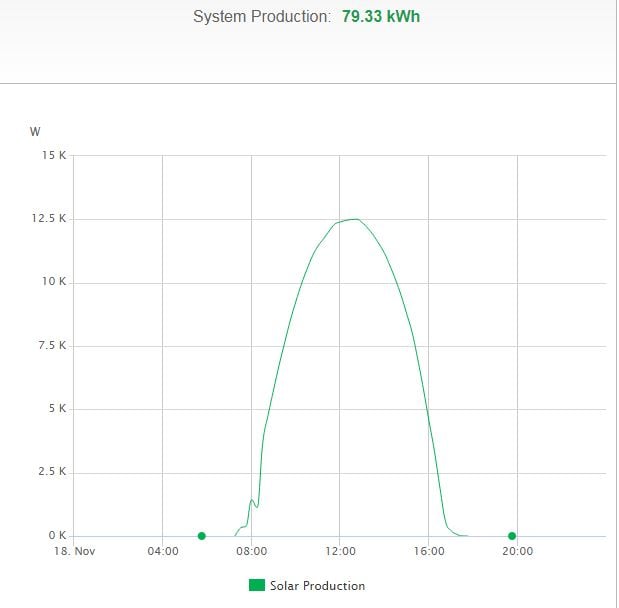Is there any way, with the Tesla or any 3rd party app, to modify the charge rate remotely?
Here why I'm asking:
I have solar panels at home. We are in one of those unfortunate areas without Net Metering. This time of year purchasing electricity from Xcel costs about $0.10, and if I produce excess energy then Xcel pays me $0.03 .
So I want to use as much of my own, solar generated, electricity as possible, minimize the purchase from Xcel, and minimize the sales to Xcel.
I'd like to be able to adapt the charge rate to whatever the actual solar production is , so that I use as much locally produced energy as possible, and purchase the minimum amount of electricity from the utility. Right now I have to hop over to the garage and manually adjust the charging amps periodically during the day. If it clouds over, rather than reducing the charge rate I usually just toggle charging off completely, but I'd like to be able to change amps rather than decide only OFF and ON.
Any suggestions ??
Here why I'm asking:
I have solar panels at home. We are in one of those unfortunate areas without Net Metering. This time of year purchasing electricity from Xcel costs about $0.10, and if I produce excess energy then Xcel pays me $0.03 .
So I want to use as much of my own, solar generated, electricity as possible, minimize the purchase from Xcel, and minimize the sales to Xcel.
Solar Production Example
A 'good' day with few clouds, demonstrating variation of output during the day.
I'd like to be able to adapt the charge rate to whatever the actual solar production is , so that I use as much locally produced energy as possible, and purchase the minimum amount of electricity from the utility. Right now I have to hop over to the garage and manually adjust the charging amps periodically during the day. If it clouds over, rather than reducing the charge rate I usually just toggle charging off completely, but I'd like to be able to change amps rather than decide only OFF and ON.
Any suggestions ??



